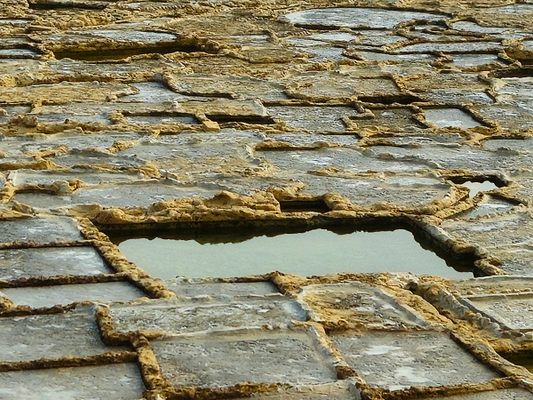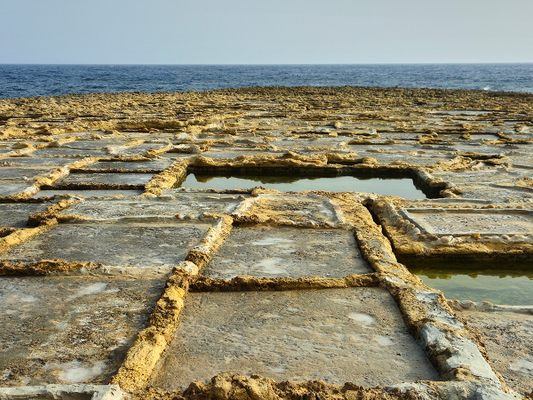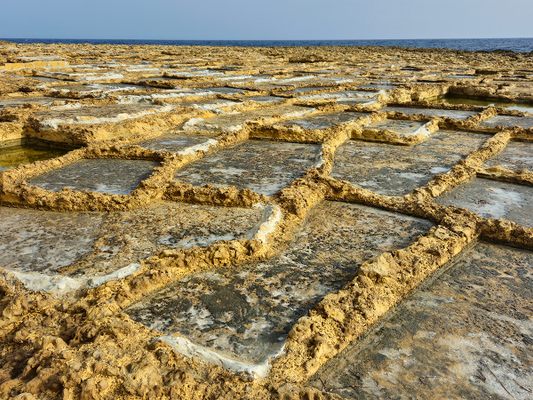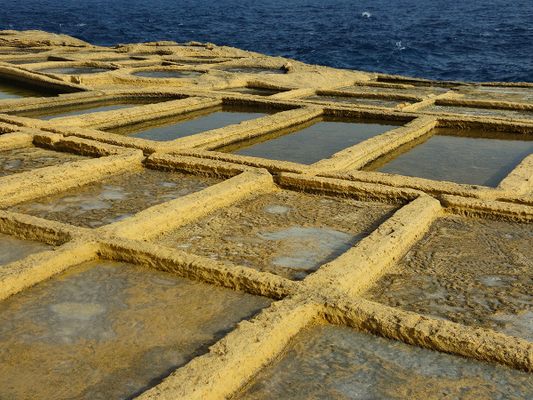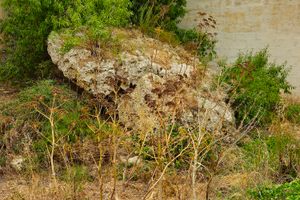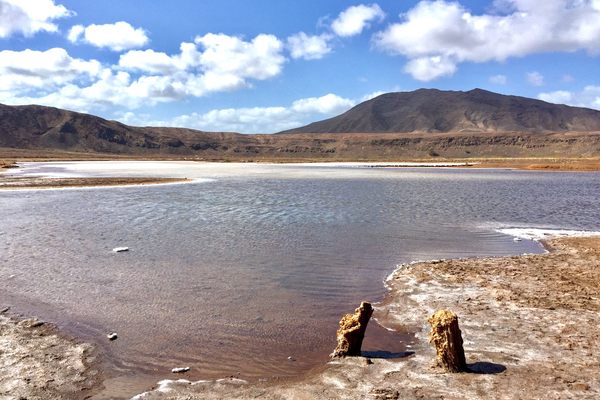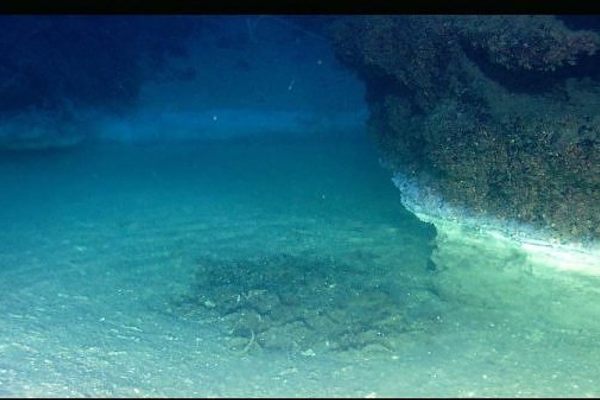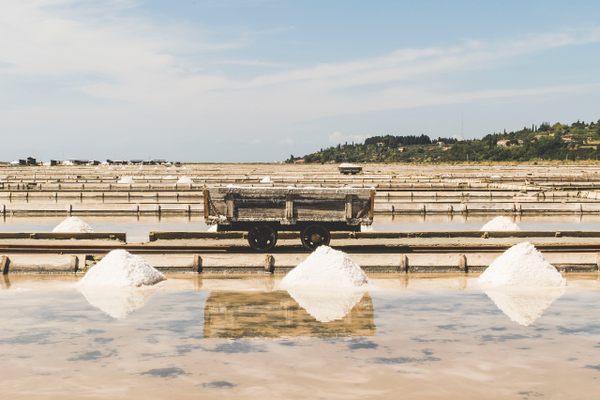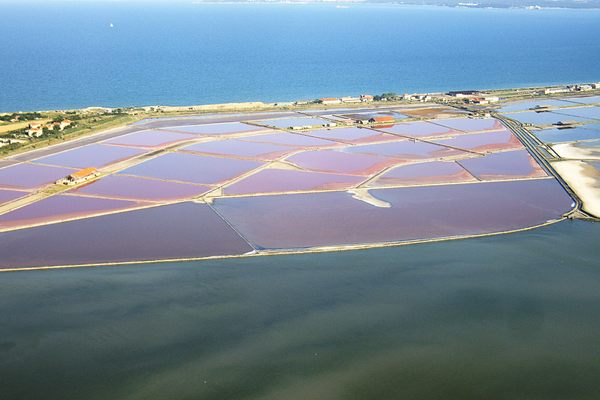About
As Malta is an island nation in the middle of the Mediterranean Sea, it is a natural place for people to make salt from seawater. In fact, people have been manufacturing salt in Malta since the Phoenicians arrived on the islands.
The most notable place in Maltese Archipelago where people have been making salt using traditional methods is a section of the north coast of the island of Gozo stretching from Reqqa Point (the northernmost point of Malta) to Xwejni Bay. People have been manufacturing salt here for over 350 years, and several generations of one individual family have worked in this location since the mid-nineteenth century. In some places along this coastline, the harvesters have created checkerboards of shallow rectangular pools stretching from the road to the ocean, while in other places, curved and irregular shallow depressions have been carved into the limestone rock.
The traditional salt-making process consists of several steps. First, water is transferred into larger feeding pools where evaporation over time concentrates the salt. Next, this salt is transferred to shallower pools where, in about one week's time, the remaining water evaporates, leaving the salt. Brooms and brushes are then used to sweep up the salt, the salt is gathered into piles, and then the salt is allowed to dry another day before it is transferred into bags and stored away.
The harvesters sell their salt from a couple of shops carved into the nearby hillside, although the salt is also sold in souvenir shops across the islands. However, the souvenir bags of salt are not the only thing that may interest people traveling to the area. The salt pans are widely considered to be scenic in their own right and have now become a spectacular yet underappreciated tourist attraction on the north shore of Gozo.
Related Tags
Know Before You Go
The Xwejni salt pans are located on the north coast of the island of Gozo between Reqqa Point and Xwejni Bay. The salt pans are visible at all times of day. People driving to the site can park across the street from the salt pans, while people who rely on public transport can take buses to either Marsalforn or Żebbuġ and then walk to the area.
Even though it is possible in some places to walk alongside the salt pans, visitors should avoid stepping in the salt pans, especially in the locations near Xwejni Bay with “no trespassing” signs, as this will contaminate the salt. Additionally, people should avoid littering in the area.
Salt harvesting takes place between mid-May and the beginning of September when the high temperatures help evaporate the seawater. This would be the best time to see people working among the salt pans. A few shops across the street sell the salt produced here.
Community Contributors
Added By
Published
July 5, 2024
